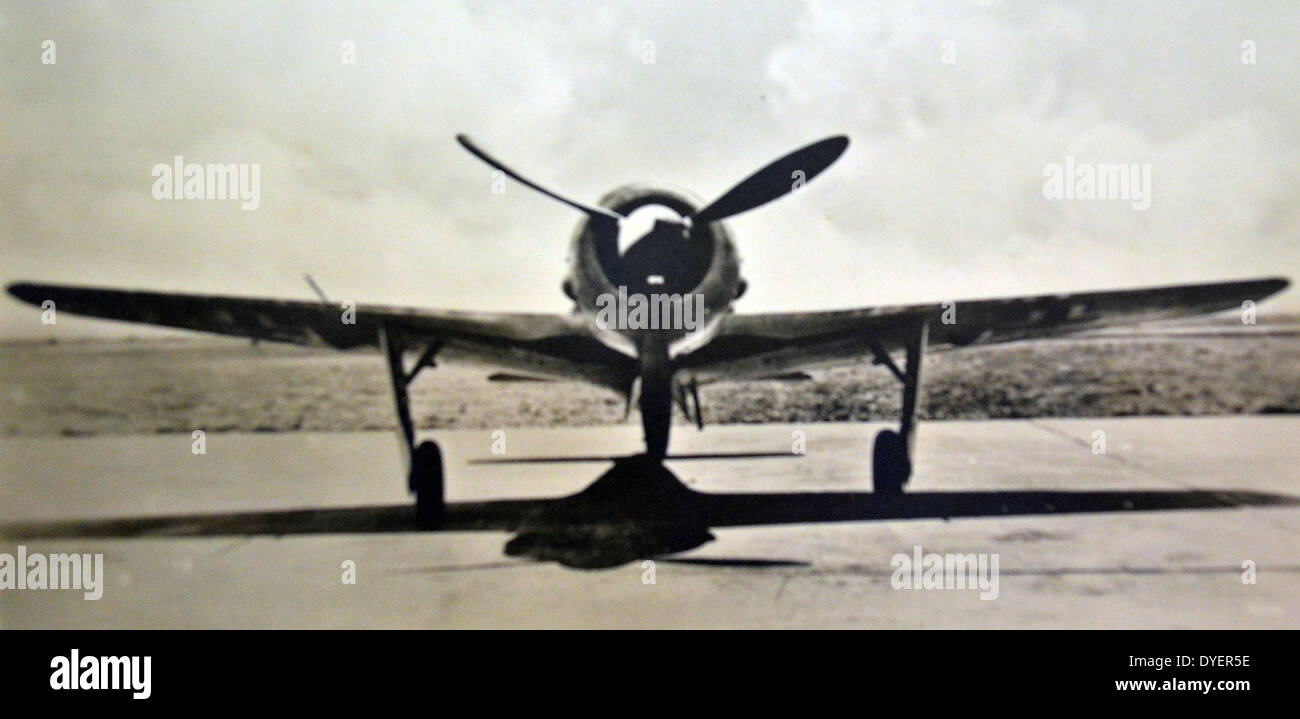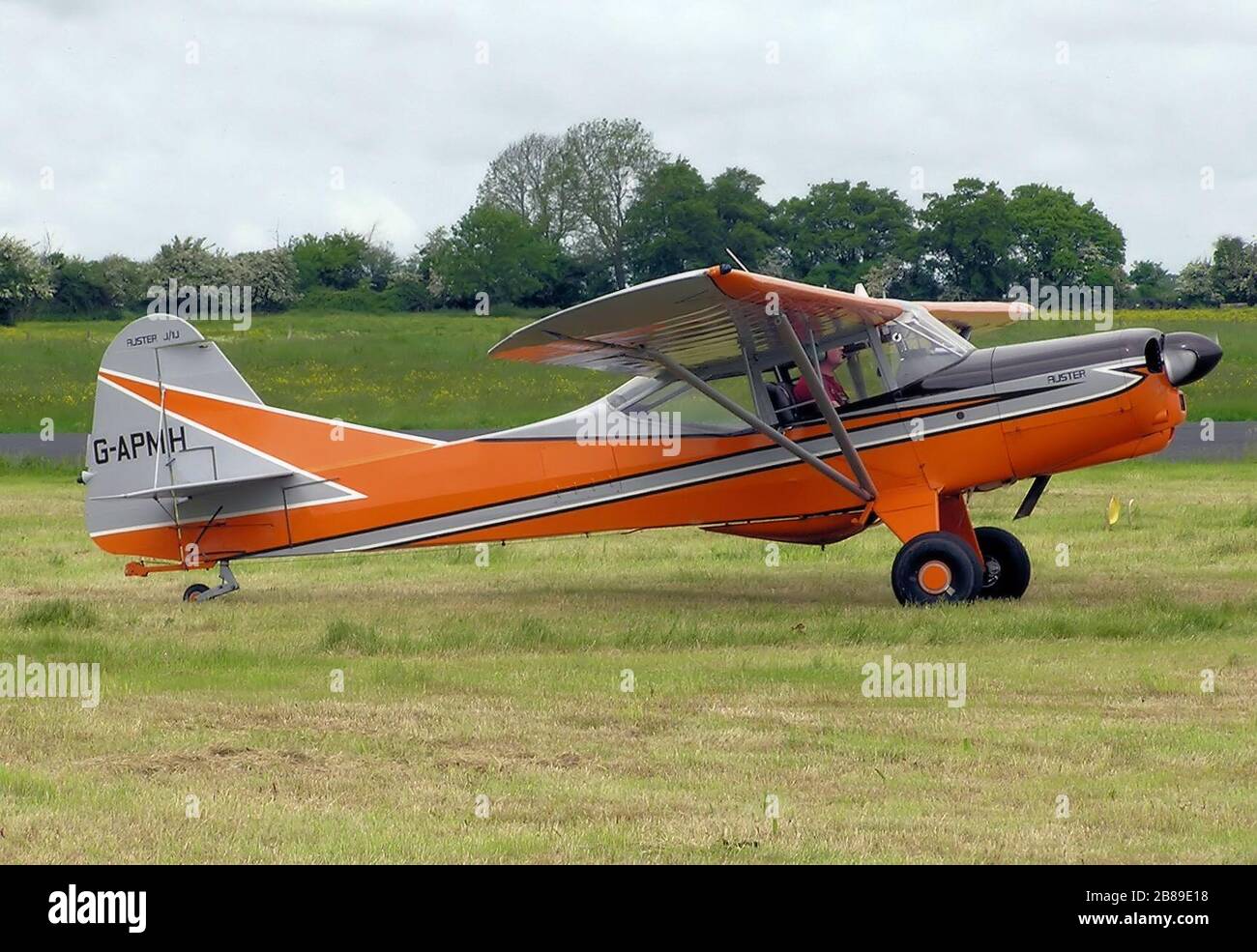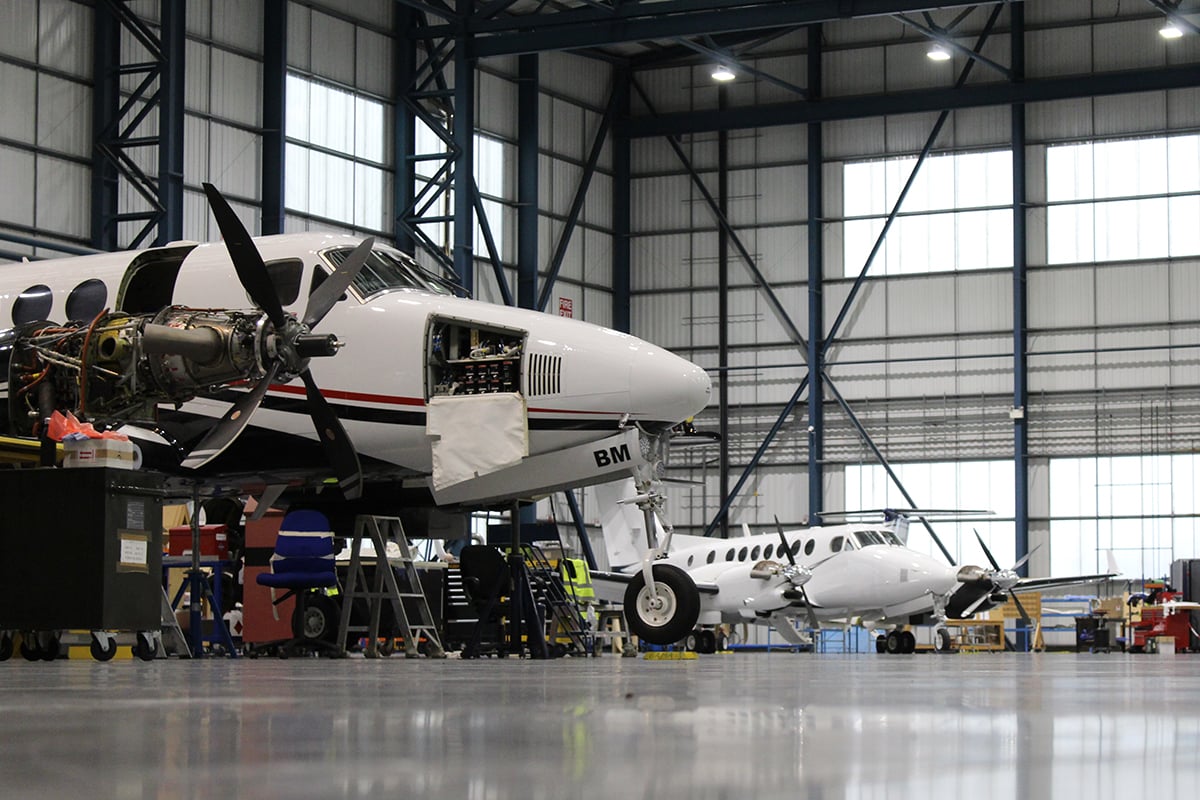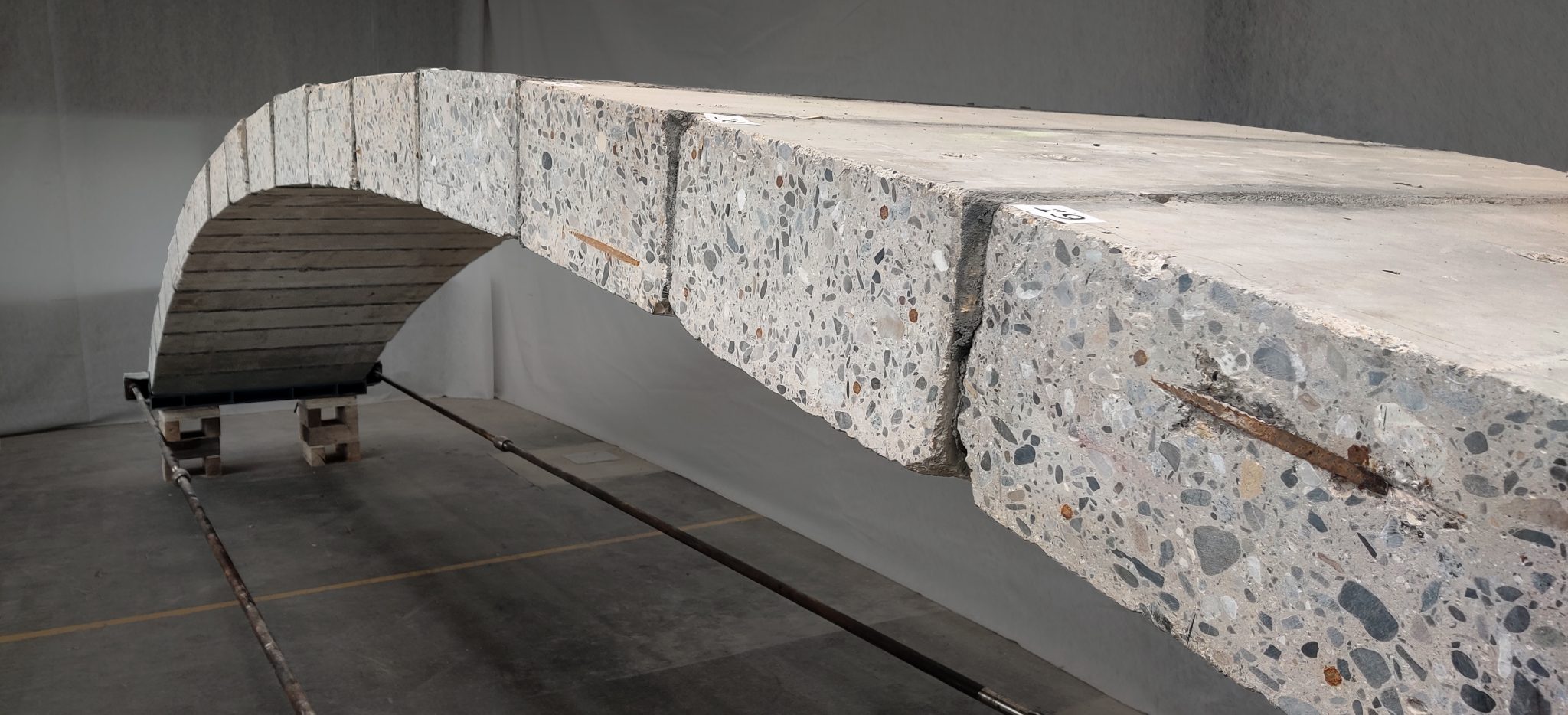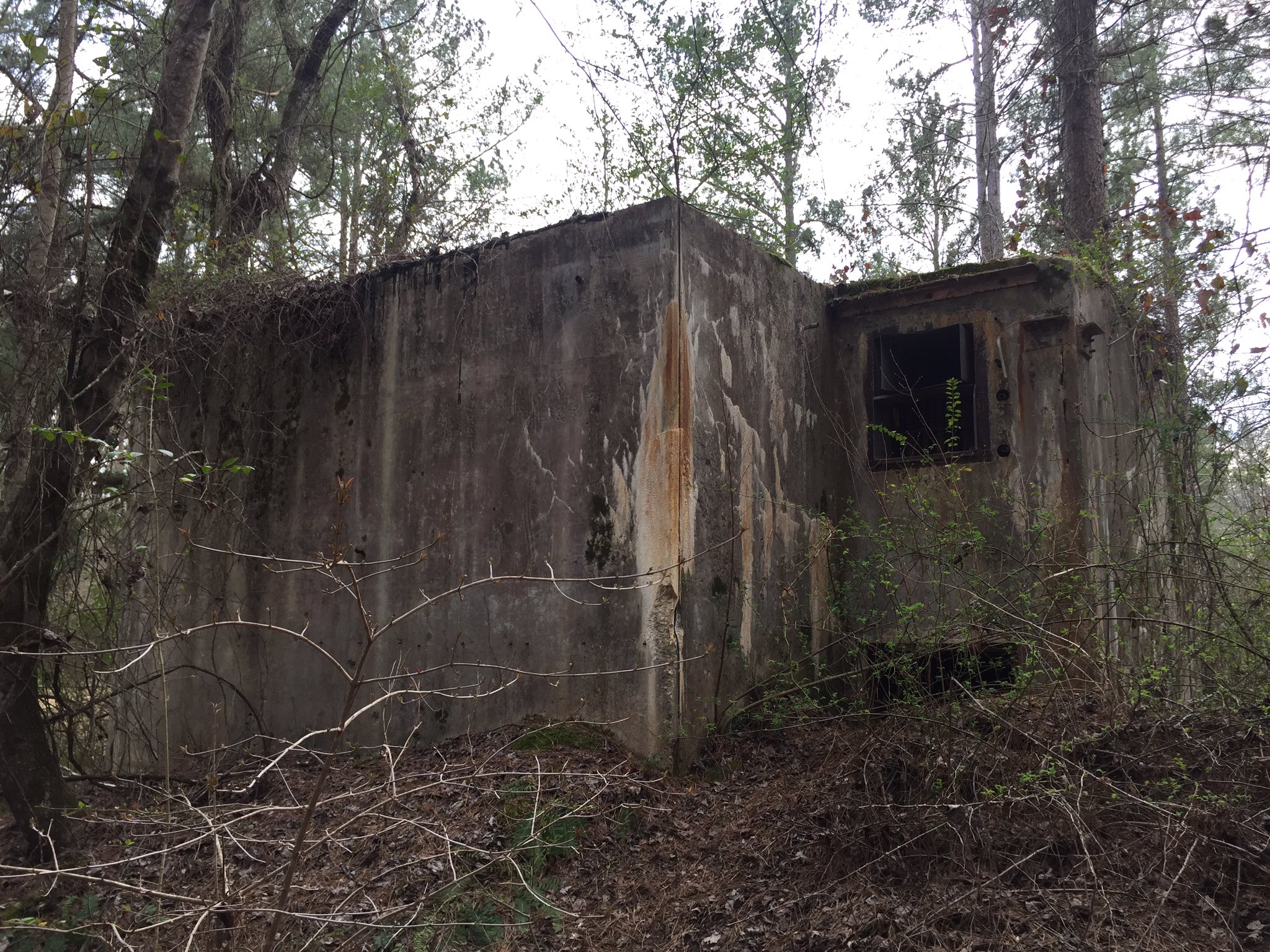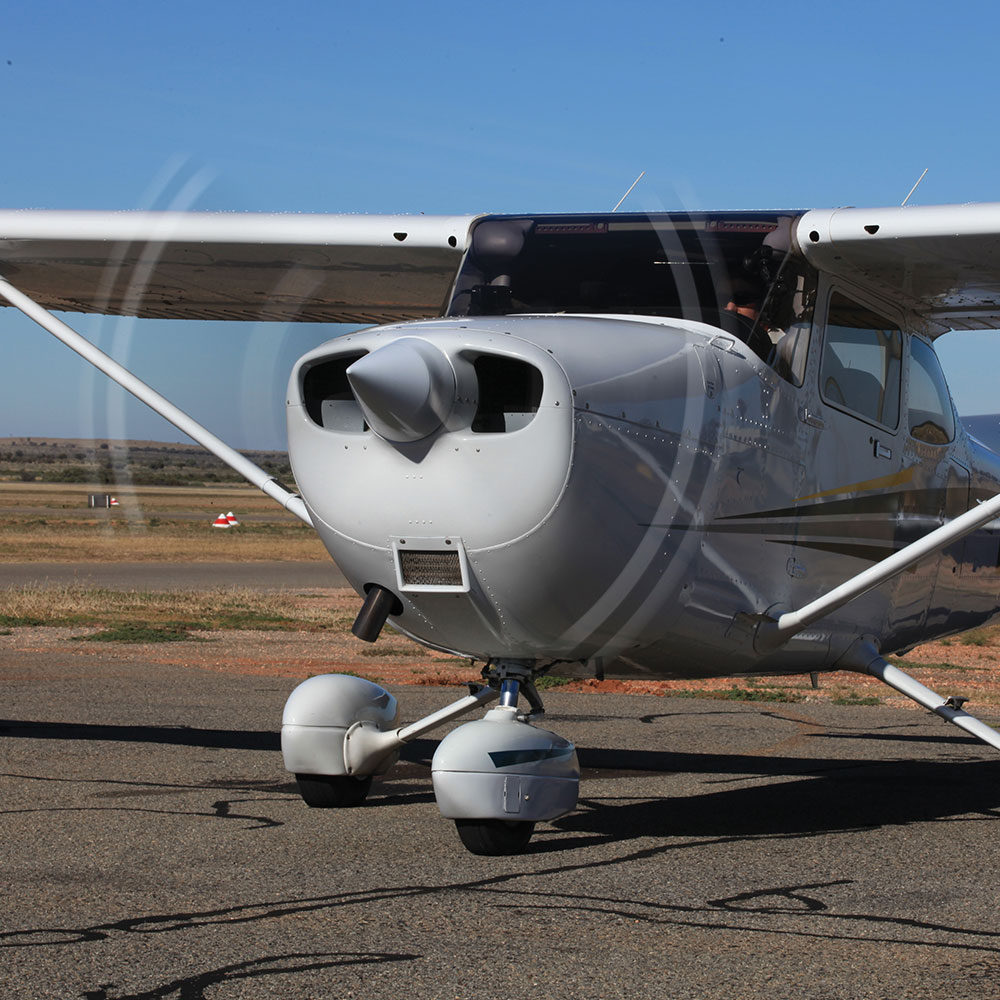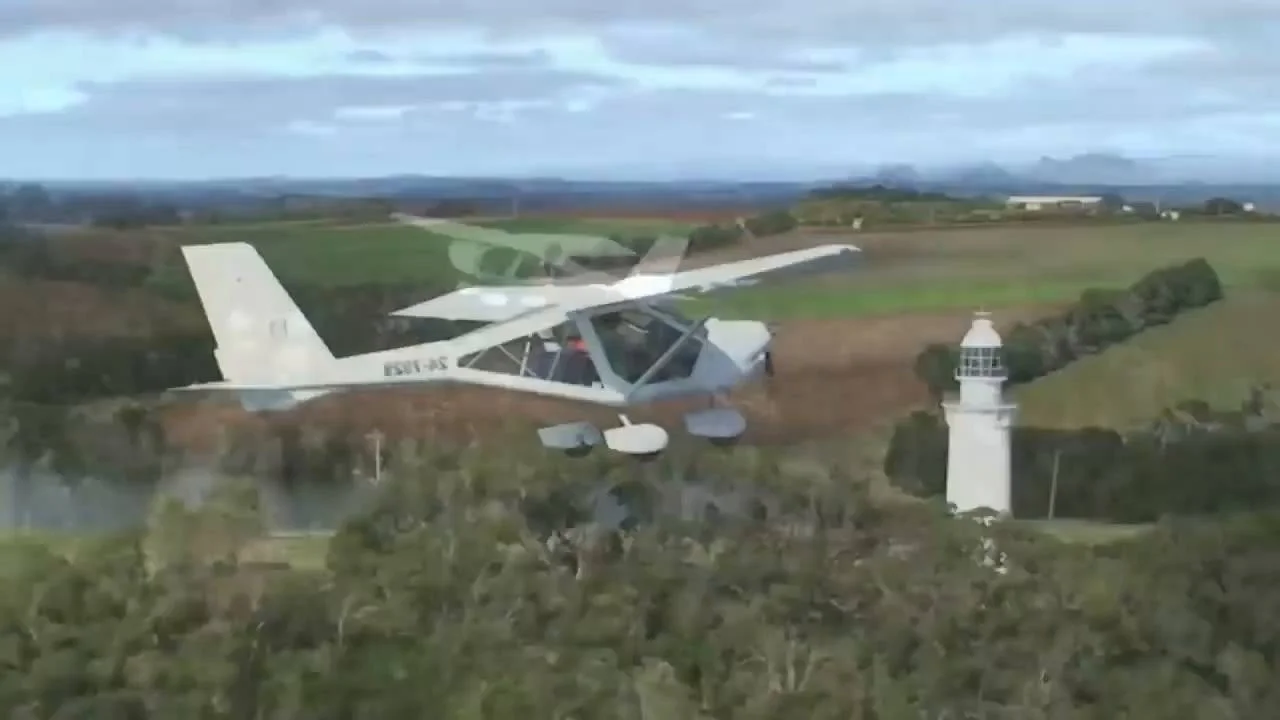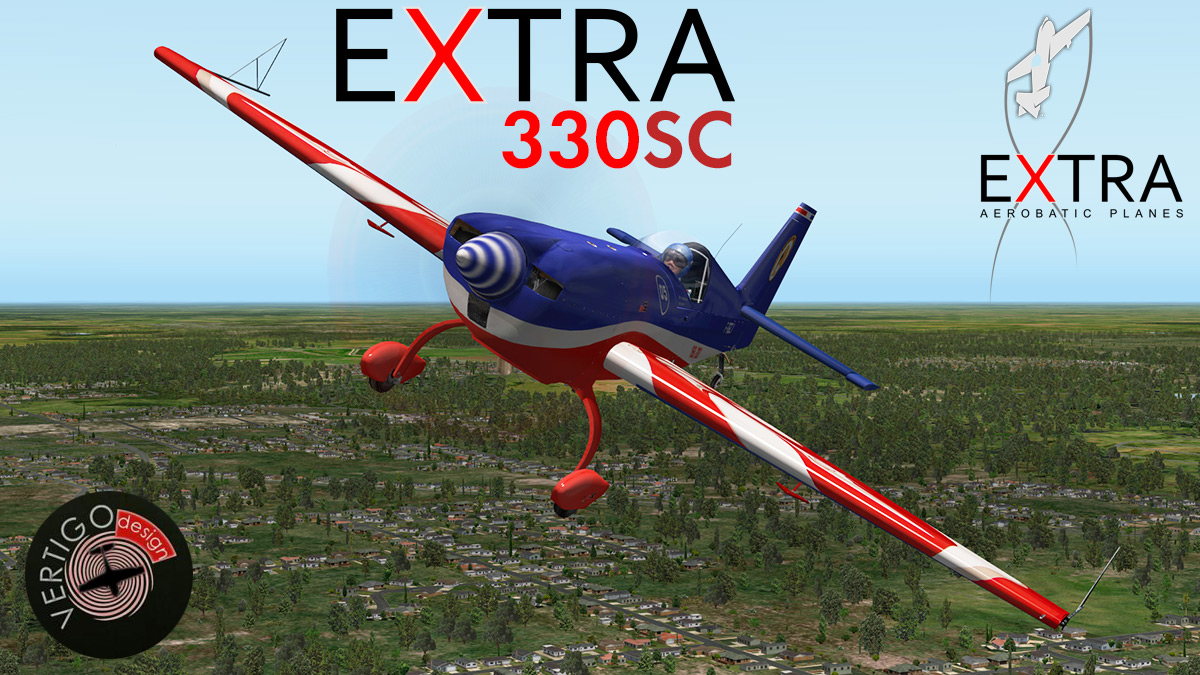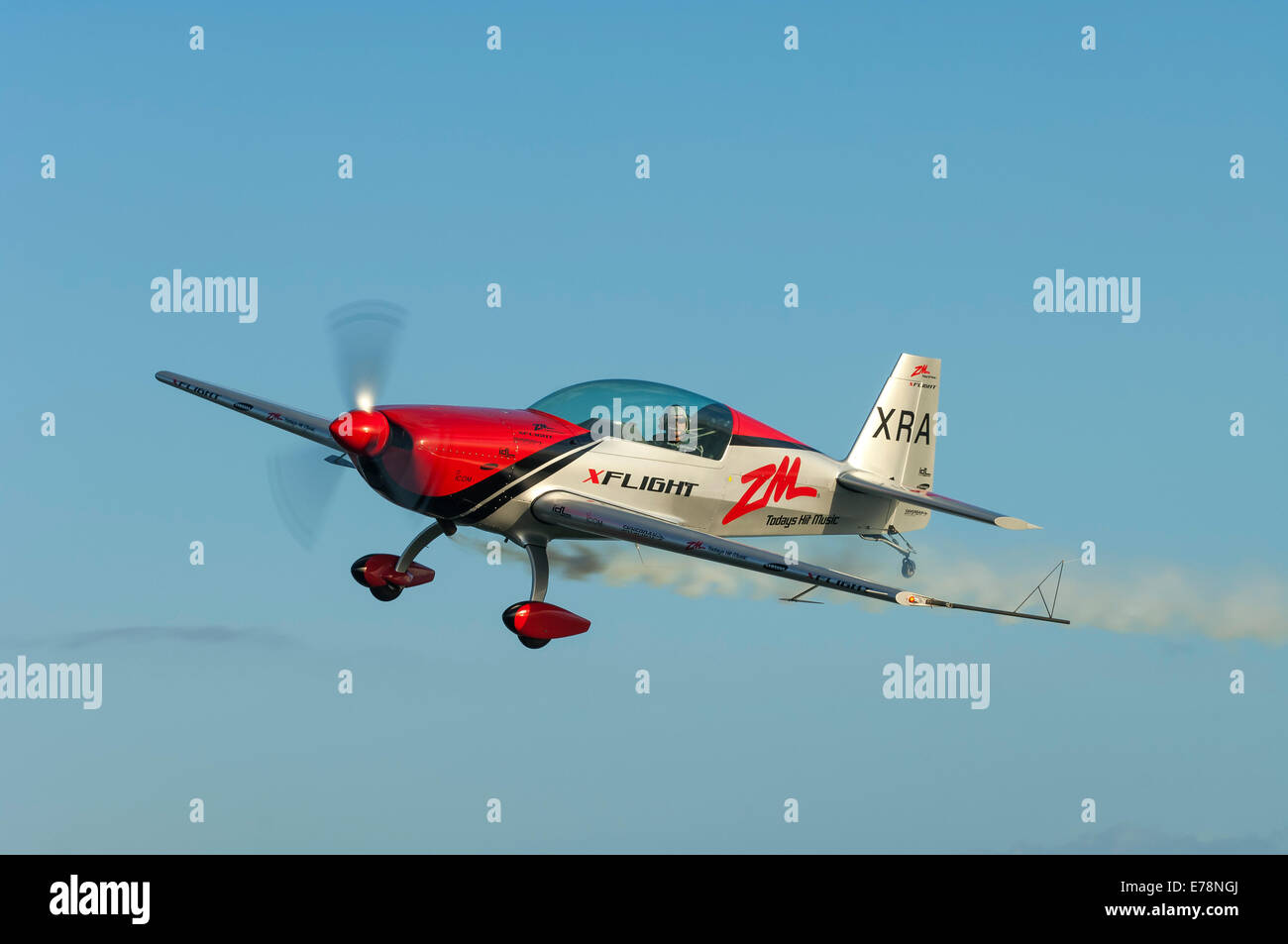Intercept Aircraft - In the 1950s, during the Cold War, a strong interceptor force was crucial for the great powers, as the best means to defend against the threat of the unexpected nuclear strike by strategic bombers. Hence for a brief period of time they faced rapid development.
At the end of the 1960s, the nuclear threat became unstoppable with the addition of various ballistic missiles which could not be intercepted approaching from outside of the atmosphere with speeds as high as 5–7 km/s.
Intercept Aircraft
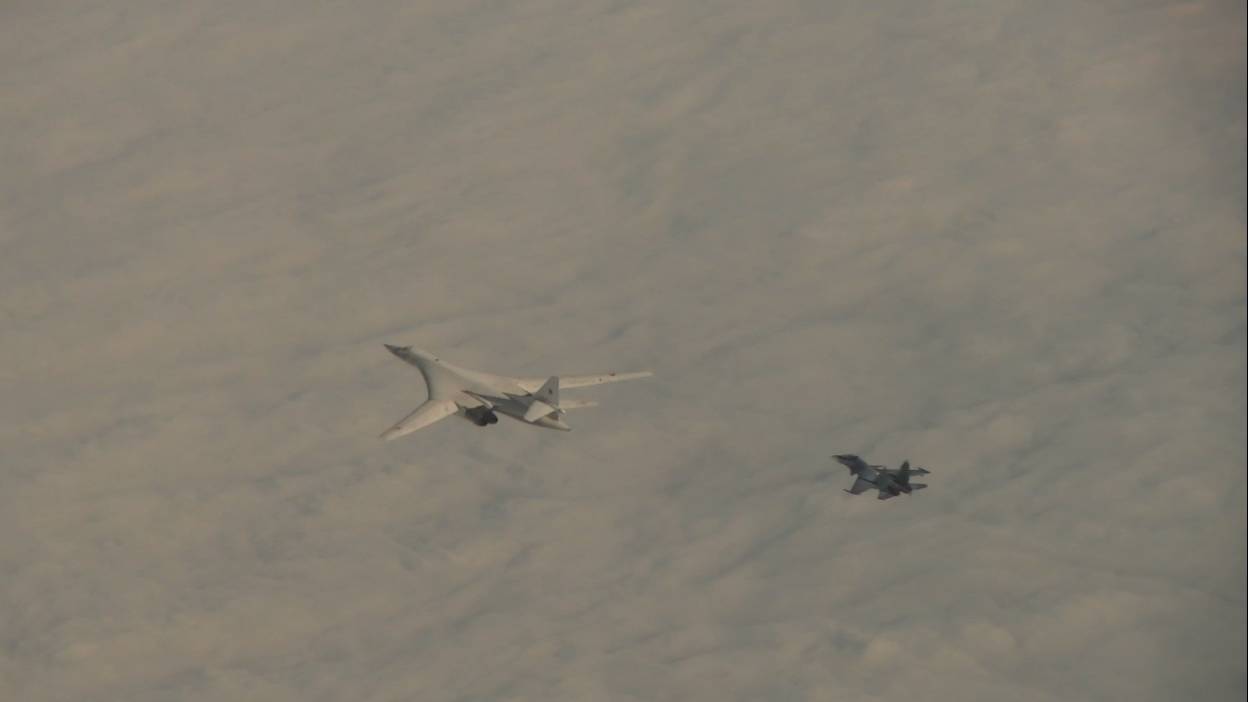
Thus, the doctrine of mutually assured destruction replaced the trend of defense strengthening, and left interceptors with much less strategic justification. Their utility waned as the role became blurred into the role of the heavy air superiority fighters dominant in military thinking at the time.
Egypt built its own interceptor, the Helwan HA-300, designed by the ex-German scientist Willy Messerschmitt. Under the pressure of the Soviet Union the project was terminated after making just three interceptors. One of them is still shown in a German museum.
Intercept aircraft sacrifice capabilities of the air superiority fighter (i.e., fighting enemy fighter aircraft) by tuning their performance for either fast climbs or high speeds.[citation needed] The result is that interceptors often look very impressive on paper, typically outrunning, outclimbing and
outgunning less specialized fighter designs. Yet they tend to fare poorly in fighter-to-fighter combat against the same "less capable" designs due to limited maneuverability. In the spectrum of various interceptors, one design approach especially shows sacrifices necessary to achieve decisive benefit in a chosen aspect of performance.

Point defense interceptor is[citation needed] the lightweight design, intended to spend most of their time on the ground, located at the defended target, able to launch on demand, climb to altitude, maneuver and then attack the bomber in a very short time
before the bomber can deploy its weapons. The Swedish Saab 35 Draken was specifically designed for intercepting aircraft passing Swedish airspace at high altitudes in the event of a war between the Soviet Union and NATO.
With the advent of low flying cruise-missiles and high-altitude AA-missiles the flight profile was changed, but regained the interceptor profile with the final version J 35J. At the end of Second World War, the Luftwaffe's most critical requirement was for interceptors as the Commonwealth and American air forces pounded German targets night and day.
As the bombing effort grew, notably in early 1944, the Luftwaffe introduced a rocket-powered design, the Messerschmitt Me 163 Komet, in the very-short-range interceptor role. The engine allowed about 7 minutes of powered flight, but offered such tremendous performance that they could fly right by the defending fighters.[2]
The Me 163 required an airbase, however, which were soon under constant attack. Following the Emergency Fighter Program, the Germans developed even odder designs, such as the Bachem Ba 349 Natter, which launched vertically and thus eliminated the need for an airbase.
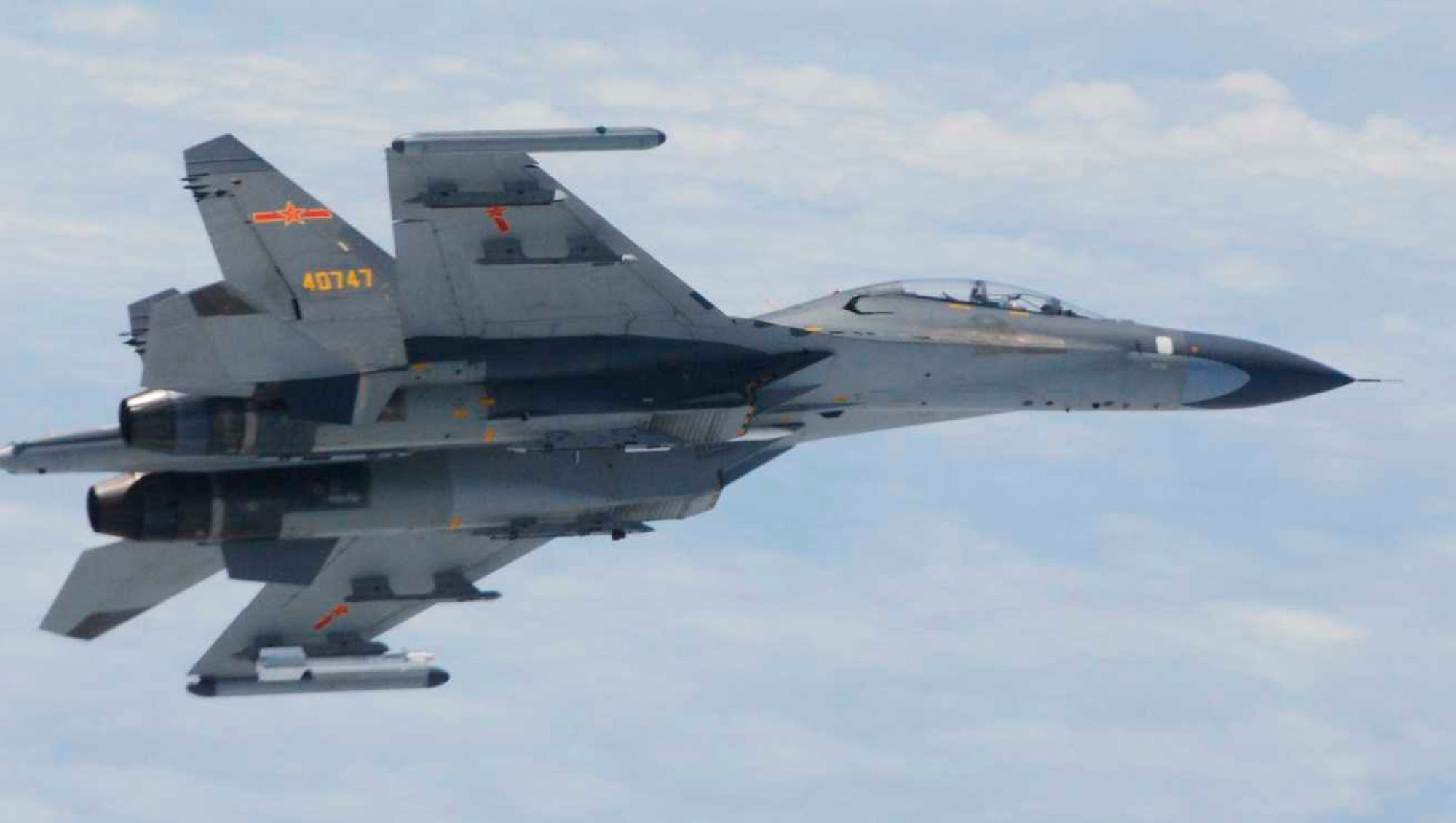
In general all these initial German designs proved difficult to operate, often becoming death traps for their pilots,[2] and had little effect on the bombing raids. The interceptor mission is, by its nature, a difficult one.
Consider the desire to protect a single target from attack by long-range bombers. The bombers have the advantage of being able to select the parameters of the mission - attack vector, speed and altitude. As the bombers will ideally be detected at long range from the target, there is an enormous area from which an attack can start.
The interceptor must be able to start, launch, climb to altitude, maneuver for attack and then attack the bomber before the bomber can cover the distance between detection and deploying its weapons. An interceptor aircraft (or simply interceptor) is a type of fighter aircraft designed specifically to prevent missions of enemy aircraft, particularly bombers and reconnaissance aircraft, and destroy them, relying usually on great speed and powerful armament.[citation needed] Being used since the
First World War, after the late 1960s, interceptors became less important due to shifting from bombers to intercontinental ballistic missiles (ICBMs) for nuclear warfare. In the 1950s, the United States Navy led an unsuccessful F6D Missileer project.
Later it launched the development of a large F-111B fleet air defense fighter, but this project was canceled too. Finally, the role was assigned to the F-14 Tomcat, carrying AIM-54 Phoenix missiles. This aircraft was well-capable of fighter-to-fighter combat, as well as air interdiction missions, so it does not exactly fit the "pure" interceptor niche.
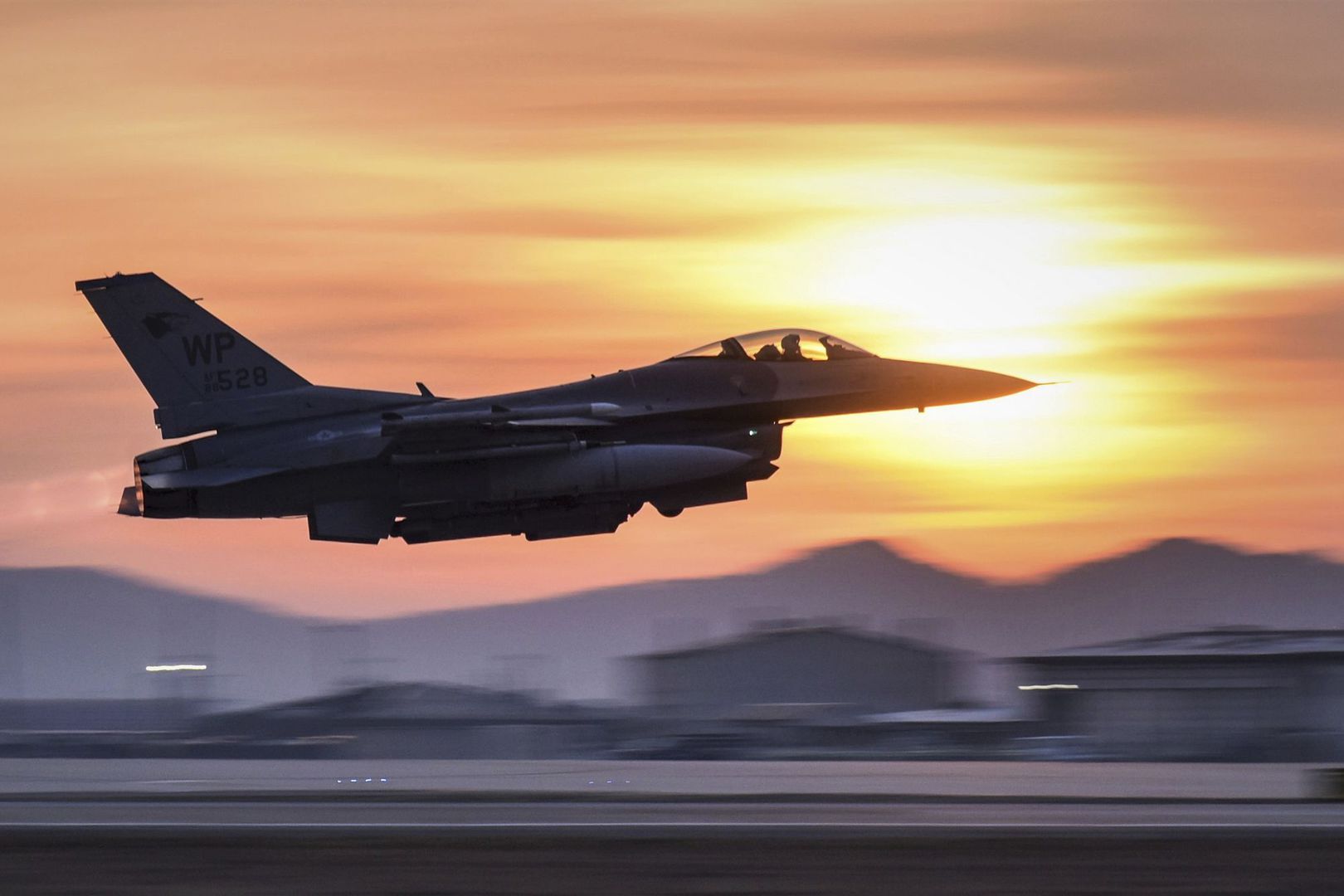
Both the fighter and the missile were retired in 2006. As capabilities continued to improve, especially through the widespread introduction of the jet engine, the time allowed between detection and interception dropped. Even the most advanced point defense interceptors combined with long-range radars were struggling to keep the reaction time down enough to be effective.
Fixed times, like the time needed for the pilot to climb into the cockpit, became an increasing portion of the overall mission time. As there were few ways to reduce this, the need for longer-range designs with extended loiter times became the main design concept.[when?][citation needed]
The British Royal Air Force operated a supersonic day fighter, the English Electric Lightning, alongside the Gloster Javelin in the subsonic night/all-weather role. Efforts to replace the Javelin with a supersonic design under Operational Requirement F.155 came to naught.
The air defense variant (ADV) of the Panavia Tornado was introduced in the 1980s, and continued to serve until replaced with a multirole design, the Eurofighter Typhoon. In the initial stage of Cold War, bombers were expected to attack flying higher and faster, even at transonic speeds.
Initial transonic and supersonic fighters had modest internal fuel tanks in their slim fuselages, but a very high fuel consumption. This led fighter prototypes emphasizing acceleration and operational ceiling, with a sacrifice on the loiter time, essentially limiting them to a point defense role.
Such were the mixed jet/rocket power Convair XF-92 or Saunders Roe SR.53. The Soviet and Western trials with zero length launch were also related. None of these found practical use. Designs that depended solely on jet engines achieved more success with the F-104 Starfighter (initial A version) and the English Electric Lightning.
These area defense interceptors (or area defense fighters) were large designs intended to stay on lengthy patrol and protect a much larger area from attack, depending on great detection capabilities and high speed to reach targets.
The design emphasis was on range, missile carrying capacity and radar quality rather than on acceleration and climb rate. They usually carried long-range or medium-range air-to-air missiles, and often had no bombing capability. They were the first to introduce all-weather avionics, ensuring successful operations during night, rain, snow, or fog.
Countries that were strategically dependent on surface fleet, most notably US and UK, also maintained fleet defense fighters that acted very similarly to their non-naval counterparts.[citation needed] From 1946 to 1980 the United States maintained a dedicated Aerospace Defense Command, consisting primarily of dedicated interceptors.
Many post-war designs were of limited performance, including designs like the F-86D and F-89 Scorpion. In the late 1940s ADC started a project to build a much more advanced interceptor under the 1954 interceptor effort, which eventually delivered the F-106 Delta Dart after a lengthy development process.

Further replacements were studied during the 1960s, but came to nothing as the USSR strengthened their strategic force with ICBMs. Hence, the F-106 ended up serving as the primary USAF interceptor into the 1980s. As it was retired, intercept missions were assigned to the contemporary F-15 and F-16 fighters, among their other roles.
Currently, the F-22 is the USA's latest combat aircraft that serves in part as an interceptor. Prior to the start of the Second World War technology had improved so that it appeared that the interceptor mission would be effectively impossible.
The visual and acoustic detection had a short range and would not give the interceptor enough time to climb to altitude before the bombers were already on their targets. This could be addressed through the use of a standing cover of aircraft, but only at enormous cost.
The conclusion at the time was that "the bomber will always get through". The introduction of radar upset this equation.[1]
icao intercept procedures, us air force interceptor, russian aircraft intercept, aircraft intercept procedures, what is an interceptor aircraft, interceptor fighter, us interceptor jet, interceptor plane






/cloudfront-us-east-2.images.arcpublishing.com/reuters/VLXO4N3K25OM5OFR3T27YS6K34.jpg)
